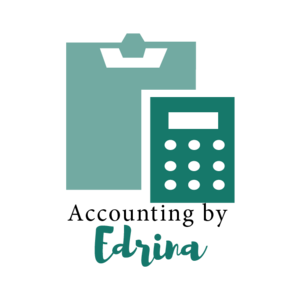Budgeting in Practice
The past two posts we have talked a lot about budgeting. If you have not read those, I would encourage you to go back and read them first as they provide the basis for this one. Visit them by clicking the links: Budgeting Part 1 and Budgeting Part 2. This post will be on the more practical side of things. Follow along, and you’ll be budgeting in no time!
Now that we have gotten this far in the blog, it’s time to share with you a basic budget template so that you can fill it in and carry it with you (electronically, of course). But, first, I want to walk through a bit more in depth of how to budget year-over-year.
First, once a baseline budget has been established, then it is good to go through it each month and line up what you have anticipated in your spending compared to what was actually spent. It is important and necessary to fine tune your budget by monitoring it each month because sometimes charges do not come through as we have anticipated. This can get a little tricky, especially if you have not listed all of your spending in your baseline budget. My rule of thumb here is to reevaluate your baseline budget every 3 months, until you feel you are at a point where you can trust your baseline budget against your actual spending.
Secondly, after the baseline budget has been compared against actual spending, then we can fine tune which line items where you might want to see savings. For example, you may think that your grocery line should be a total of $200 per month per person, but when it comes down to it you might be spending a little more than that. This would definitely be an area to keep an eye on. You will also want to keep your eye on frivolous spending associated with clothing, dining out, entertainment and miscellaneous amenities. These line items can quickly add up and have the ability to thwart any specific savings goals you have in mind.
Thirdly, after you have narrowed down areas of savings, then it is time to start considering future goals. Next month, will you increase your savings by 3%? Are you planning to buy a car in the future? Do you have plans to purchase a home? What will that look like as far as your budget is concerned? Did you take that into consideration already, or do you need to create a new budget line to accommodate for these goals? Once you are able to answer these questions, then it is time to download this template, and get to work! Let me know your progress as you go, I would love to hear your feedback in the comments below!
If you are stuck with any one of the questions above, or in the previous posts, because you feel like you have no money to create a functional budget, then it may be time to consider adding in a side hustle. Do you need to make more money outside of your normal 9 to 5 job? A lot of people are starting to realize the benefits of the side hustle and are flocking to jobs, like driving for Uber and Lyft. According to this podcast, if you do drive for Uber you are likely to get paid around $20 per hour. A side hustle can be a great added benefit to your life, especially if you have some spare time during the week. In the next series of blogs we will focus more on the side hustle…
So stick around!
How To Save To Your Google Drive:
Sign-in to your Gmail account.
Click this link.
Click File > Make a copy…
Rename your template however you like and save to "My Drive" folder.
Start typing in your budget template!
Photo credit by Katie Horning, follow her @gallivant.go.delight on Instagram
Interested in learning more about balancing your checkbook? Click here.

